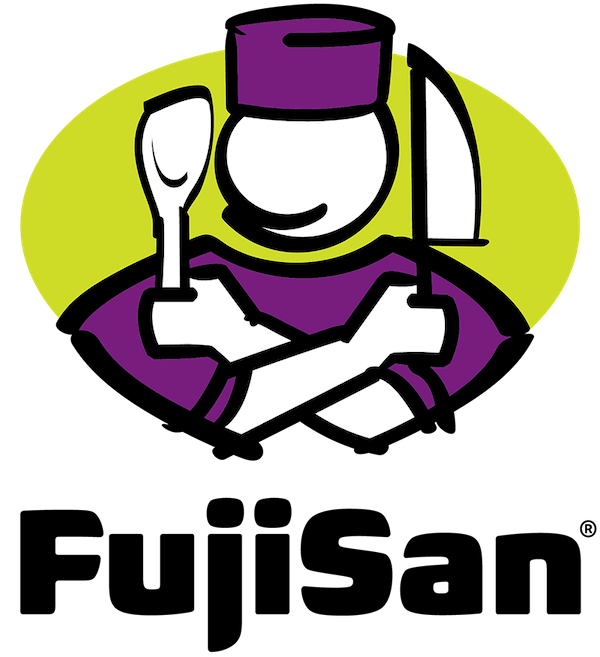What Can You Eat?
In its most restrictive, essential form, the Paleo diet calls for eliminating all grains, dairy, legumes, sugar, and processed oils, leaving a diet full of nutrient-rich fruits and vegetables, grass-fed meat and eggs, sustainable seafood, nuts, and healthy fats. In practice, this means sticking to the outer edges of the grocery store (or better yet, the farmers’ market), where produce, meats, and seafood are found.
If the thought of following such strict orders makes you squirm, many people find success in having a little freedom to expand the rules and following the general Paleo principles of cutting out all processed, pre-packaged products and eating only whole, organic foods. Including starchy vegetables, small amounts of dairy, white rice, and dark chocolate can help satisfy cravings. With the variety this type of diet provides, proponents often find that they don’t get bored, don’t want to eat all the junk food they used to enjoy, and feel immeasurably better.
An important aspect of the Paleo diet is being mindful of where your food has come from, too, and making choices that align with a healthy, sustainable lifestyle. For instance, seafood is a lean protein that fits right into the Paleo diet, and choosing wild-caught, organic fish or sushi also has a positive impact on the environment.
The Health Benefits of Eating Paleo
Because the Paleo diet asks you to change your eating patterns for the long-haul and is not just a quick-fix solution, it is relatively successful in helping people lose weight and maintain that weight loss. It proposes a healthy mix of macronutrients: high protein, moderate carbohydrates, and fat, which is sustainable and enjoyable. It doesn’t ask you to count or restrict calories — you can eat when you’re hungry — and most Paleo dieters find themselves more satiated from all the fresh food. Research on the Paleo diet also shows that it can be very effective in boosting immunity, lowering blood pressure, and improving cholesterol ratios. Additionally, many people suffering from chronic inflammation or digestive distress find relief from this type of eating.
The Paleo diet is not a new way of thinking — it looks to history to remind us that healthy, nutritious food has always been available and is the best way to nourish our bodies, be respectful of our environment, and find health and wellness in our daily lives.

